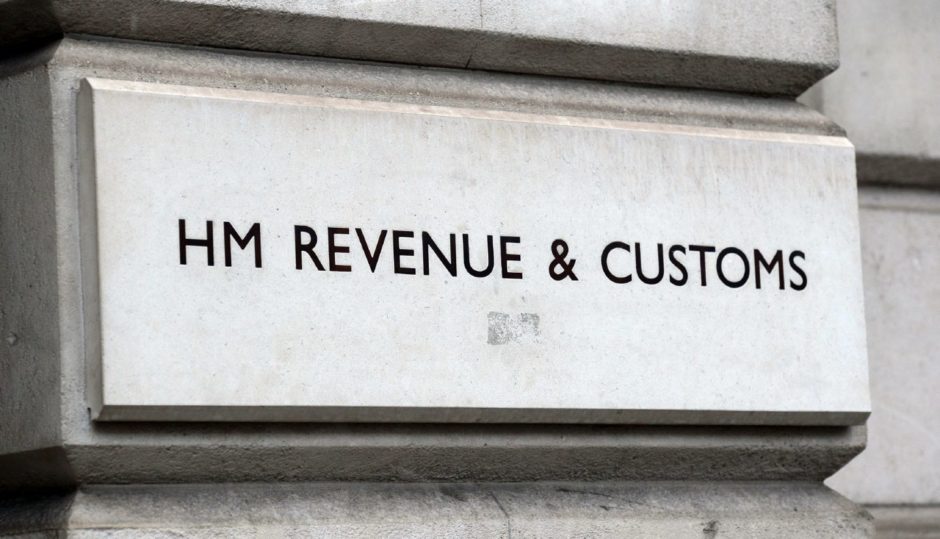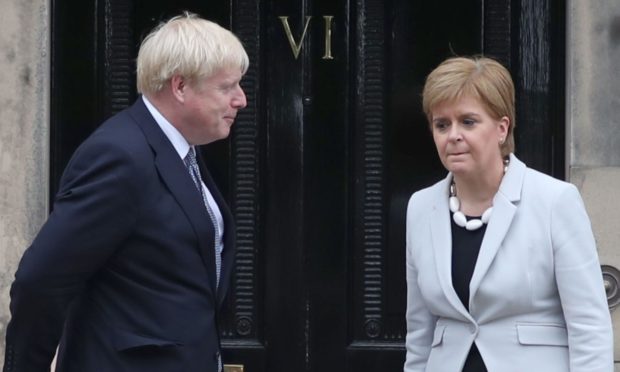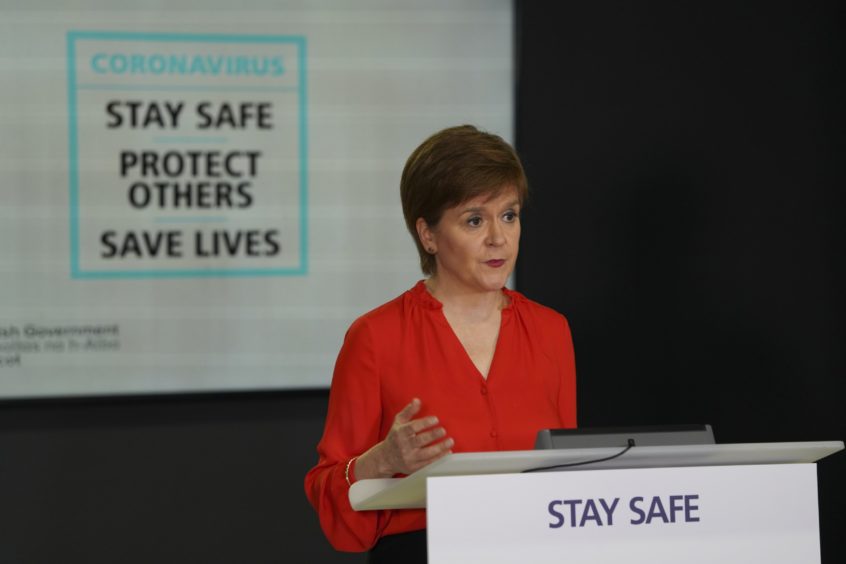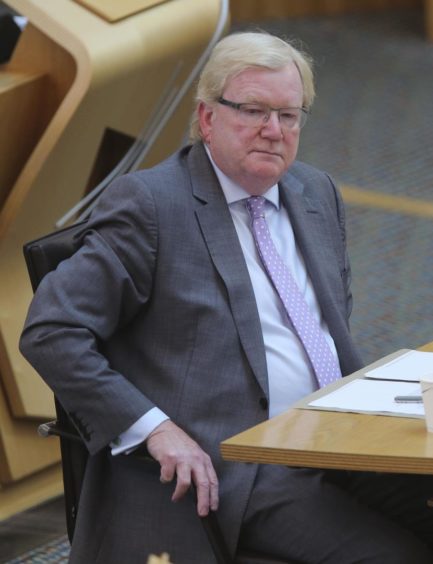On his visit to the Highlands more than 250 years ago Samuel Johnson, the celebrated English lexicographer, declared: “The noblest prospect which a Scotchman ever sees, is the high road that leads him to England.”
That oft-quoted example of anti-Scottish sentiment sprang to mind when contemplating the imminent visit north of the border of another member of the Johnson clan. This week, Boris Johnson is due to make his first Scottish visit since Covid-19 lockdown on a mission to persuade voters he does not share his 18th century namesake’s attitude towards Scotland.
Perhaps the reason Samuel Johnson’s famous quotation suggested itself was that the Scotchman’s “noblest prospect” will be at the heart of Downing Street’s strategy to highlight the benefits of the Union. Samuel Johnson might have appreciated the irony that UK Government ambitions to upgrade the A1 and the A75, which link Scotland to England, will be trumpeted by the prime minister over the next couple of days.
With a recent Panelbase poll showing support for independence at a record 54% and a Holyrood election looming next year, Mr Johnson’s task is to overcome the impression that Scotland is an afterthought on his list of priorities.
As the coronavirus retreats, there are tentative signs that UK ministers are waking up to the threat posed to the United Kingdom by Nicola Sturgeon’s SNP.
This week’s prime ministerial visit is one such sign, as is the establishment of the dedicated Union Unit in Number Ten and the Cabinet Office.
Under the leadership of Luke Graham, the former Ochil and South Perthshire MP, the unit has been set up to put the Union on the agenda right across Whitehall.
Further stirrings have resulted in Tory MPs setting up the Conservative Union Research Group (CURG) in another attempt to protect the UK.
Selling the benefits of being in the United Kingdom
According to his allies, there are plenty of arrows in Mr Johnson’s quiver when it comes to puncturing the SNP by promoting the Union.
Around 900,000 Scottish jobs have been protected through the UK Treasury’s furlough scheme and initiatives to help the self-employed.
An estimated £13 billion in Treasury cash has come Scotland’s way through £4.6m in Barnett consequentials and UK-run initiatives.

Just as in the aftermath of the 2008 crash, pro-Union politicians are arguing that the United Kingdom’s broad financial shoulders can withstand disaster and stimulate recovery in a way that would not have been possible had Scotland been independent.
Whitehall sources acknowledge that the UK Government has not promoted the £1.4 bn allocated to growth deals in Scotland enthusiastically enough. So, expect Mr Johnson to highlight those, including the most recent £40m for Falkirk, on his trip north.
Then there are the aforementioned plans for the A1 and A75. Admittedly, the latter plan aimed at improving connections between the north of England and the ferry ports to Northern Ireland in south-west Scotland will prove controversial.
The UK Government has been frustrated that the A75 route through Dumfries and Galloway has not been upgraded and wants to do something about it. But transport is devolved to Holyrood. More outlandish plans for a tunnel linking Scotland to Northern Ireland remain part of the mix as does extending the Borders railway to Carlisle.
Boris Johnson versus Nicola Sturgeon
Yet despite this, Mr Johnson remains an unpopular figure in Scotland as the SNP ramps up the anti-Brexit rhetoric and stokes up “power grab” constitutional rows.
In contrast, Ms Sturgeon’s reputation has been enhanced during the coronavirus pandemic where she has proved far more adept than the prime minister when it comes to the public relations aspects of handling the crisis.
Her daily St Andrews House briefings and her clear communication have been favourably compared with the mixed messaging from the various ministers – including Mr Johnson – who have hosted the Downing Street equivalent.
That’s not to say there haven’t been Scottish problems. The lack of testing, the decanting of untested elderly hospital patients into care homes and a humiliating U-turn on getting children back to school have been troubling features of the pandemic.
But the first minister has avoided the sort of Dominic Cummings-type fiasco that grabs the headlines for days and exposes governments to ridicule. She has also adroitly used the briefings as a platform to persuade the public of the benefits of taking Scottish decisions, notwithstanding the massive influx of UK Government cash.
Despite of the concerns about the SNP’s record on health and education before the crisis, Ms Sturgeon’s star appears on the rise. If she can sidestep the fall-out from the forthcoming Holyrood inquiry into the Scottish Government’s handling of harassment complaints made against Alex Salmond, victory in next year’s Scottish election looks assured.
Meanwhile, Mr Johnson’s defence of the Union is not helped by the state of the Scottish Conservatives who are still missing Ruth Davidson. Ms Davidson was a rare creature in that she was a Tory leader who transcended traditional party boundaries in a way that her successor Jackson Carlaw appears not to.
Furthermore, this week it emerged that Adam Tomkins is to quit Holyrood at next year’s election to return to his old job as a professor of constitutional law. His departure will deprive the Scottish Tories of a cerebral and combative politician who was once tipped as a future leader.
Those close to Downing Street maintain that it is not yet panic stations, but acknowledge it is time to demonstrate the value of the Union. When the prime minister takes the “high road” back to England after his Scottish visit, he will be hopeful that Scottish voters will have developed a higher opinion of him than Samuel Johnson had of their ancestors.


